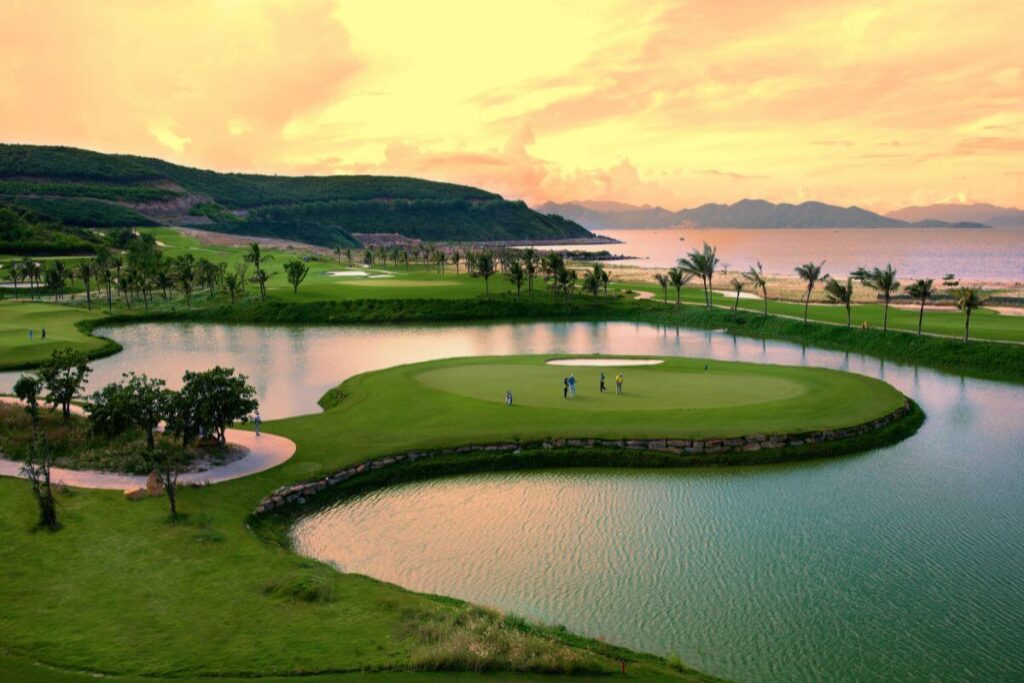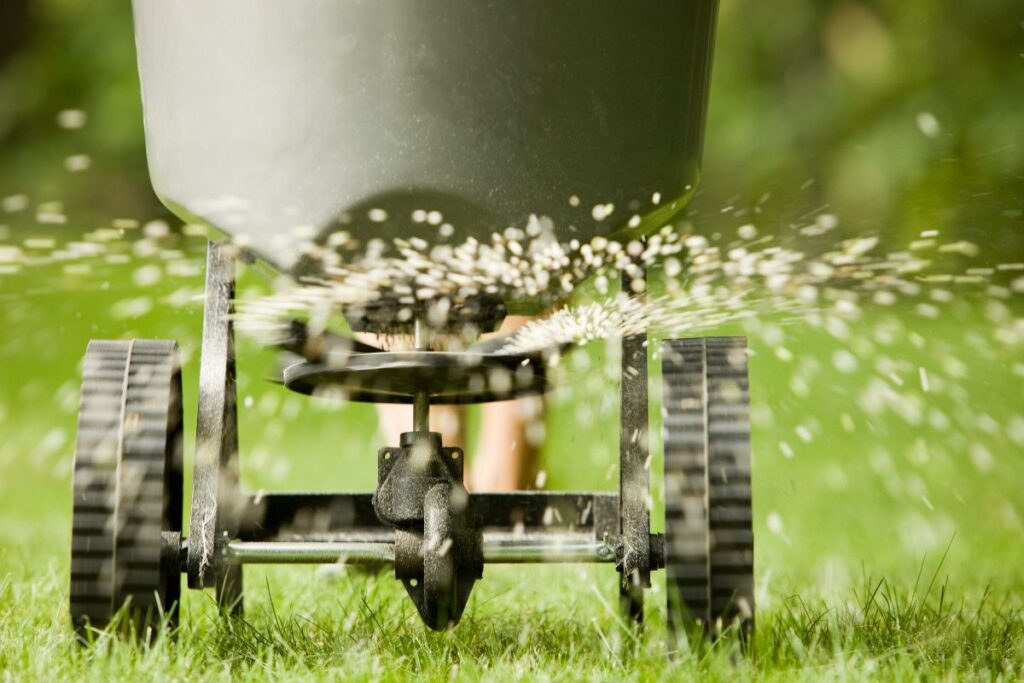There are more than 9,000 golf courses in the US and almost 40,000 ones in the whole world, and looking at the number, you might think that all these planted areas are actually good for the planet. So, are golf courses bad for the environment? What are their pros and cons?
Golf courses provide a safe home for various animals and keep the land green. They can be a great way to reuse condemned land and protect natural areas. However, in order to build golf courses, many trees might have to be cut. They also require a lot of watering, so the upkeep can harm the environment.
With a popular sport like golf, there’s always a debate regarding its worth and impact on our planet. Keep reading to learn more about this topic.
Table of Contents
Are Golf Courses Bad for the Environment?
It’s true that golf courses are usually planted in coastal areas, in valleys, and even near the desert to add a touch of greenery. But nevertheless, there’s debate about whether these beautiful and relaxing courses are actually doing our Earth any good.
People love golf because it’s fun and accessible. Anyone can start playing golf, regardless of age and fitness level, and spending time in an outdoor area positively impacts your overall mental and physical health.
There are several rules that govern the construction of golf courses, and these rules have been set by environmentalists cooperating with the PGA and USGA to minimize the negative impact of building and maintaining golf courses. Here are some of the concerns about constructing golf courses.
- In order to build a golf course, land has to be cleared, and trees have to be cut. This damages the natural habitat of several wildlife forms and changes the area’s ecosystem.
Although the land is then planted in green grass, this grass doesn’t provide the natural habitat to the animals, birds, and insects that used to live in the previous area.
- During the clearing process to build golf courses, heavy machinery is used. This equipment emits harmful greenhouse gases, affecting the air quality and the nearby water bodies.
- Golf courses have a negative impact on biodiversity. They drive away several species of animals and birds and introduce new ones that might be invasive to the area. In addition, by clearing the weeds, trees, and native plants, golf courses deprive various forms of wildlife of their food source.
- By altering the balance in the environment, some species can become invasive due to the absence of their natural predators.
- To maintain green grass, many herbicides and pesticides must be used. These chemicals deposit in the ground and harm the birds and animals that find their way back to the course.
Lizards, butterflies, squirrels, and other small animals are subject to poisoning if they eat or touch the chemically-treated grass.
- One golf course in the US uses about 312,000 gallonsof water every day, from regular watering to the sprinkles that keep the grass moist.
Multiplying this number by the number of courses in the US shows how much water is used just to keep the grass green, where it can be used for other purposes, especially with people suffering from a water shortage in several parts of the world.
Are There Any Advantages to Building Golf Courses?
Of course, golf courses aren’t all bad, as they do provide several benefits. However, to environmentalists, golf courses aren’t 100% natural. Instead, they’re nature-inspired man-made projects that should be controlled to minimize their negative effect on the environment.
Nevertheless, those who are pro golf courses list their benefits and how they can help our planet in several ways.
- An average 18-hole golf course has a rough area of 150 acres. That’s a vast open green space that contributes to oxygen production in the area.
- The green space can be home to several animals and birds, as long as pesticides and herbicides aren’t used excessively or only organic ones that won’t harm wildlife are used. Golf courses are also free from predators, so small animals, and birds can live peacefully.
- The non-playable areas contain water bodies, trees, and shrubs that can be the home of many birds, animals, and fish.
- Golf courses reuse condemned land that has been destroyed by mining or landfills.
- They can be used to restore damaged land and eliminate soil corrosion.
How Are Golf Courses Trying to Improve?
Golf course managers are currently complying with the rules set by the USGA to make golf courses more environmentally friendly. Because they’re not all good or bad, there are several practices that can make golf courses go green.
- Using technology will improve the usage of water and minimize waste water.
- Researching and using drought-resistant turf which requires less water consumption, thus reducing the amount of water used every year to maintain the greenery.
- Through nearby wetlands, technology can be used to utilize filtered stormwater runoff to water the grass.
- Using organic alternatives to chemical pesticides and fertilizers.
- Planting genetically-engineered hybrids of naturally pest-resistant grass reduces the need for pesticides.
- Adding more water bodies to the golf course to increase biodiversity.
- Reducing mowing in non-playable areas encourages the growth of natural vegetation.
- Properly managing the non-playable areas of the course to create a habitat for wildlife forms.
- Eliminating waste dumped into nearby water bodies, on and off the course, to protect various forms of wildlife.
- Recycling the waste produced and reducing the chemical waste.
Wrap Up
Golf courses are pretty popular because they add a patch of greenery in a place that might have been previously occupied by a landfill. However, there are several practices that make them bad for the environment, as they can deprive various forms of wildlife of their natural habitat.
Moreover, the excessive use of pesticides and herbicides can harm different animals and birds. They also consume a lot of water. Yet, there are several practices that golf course managers are currently adopting to make their courses greener and better for the environment.



